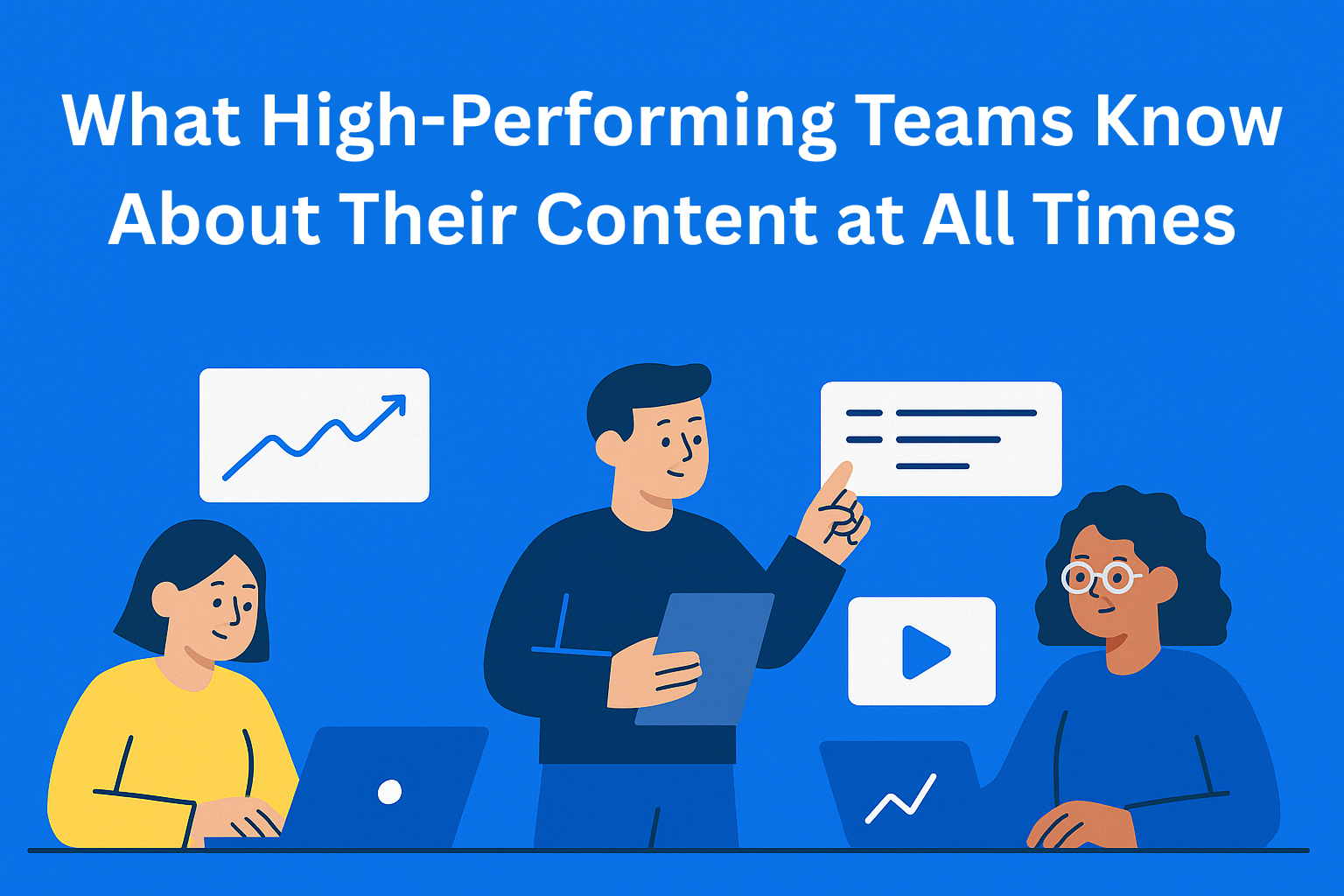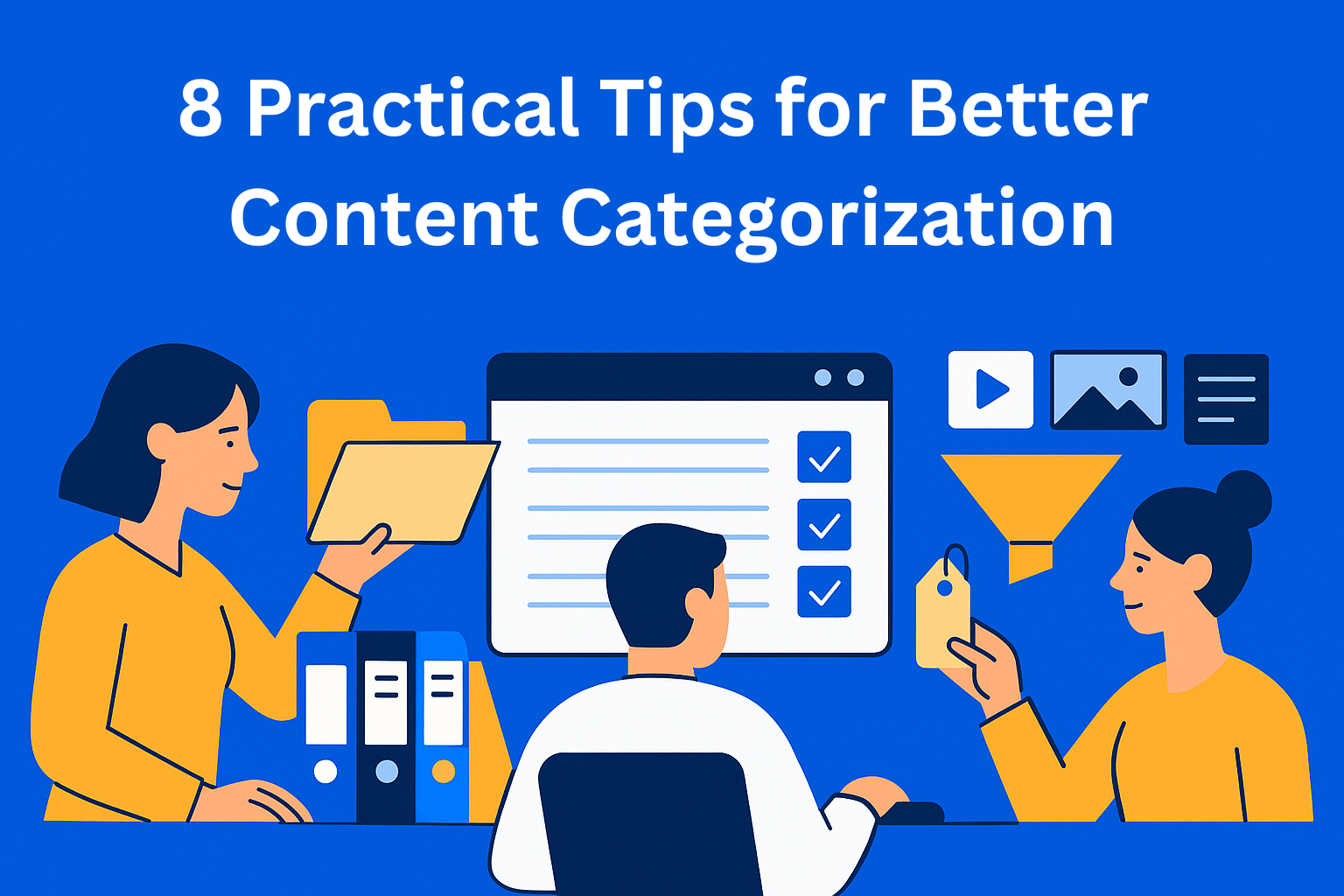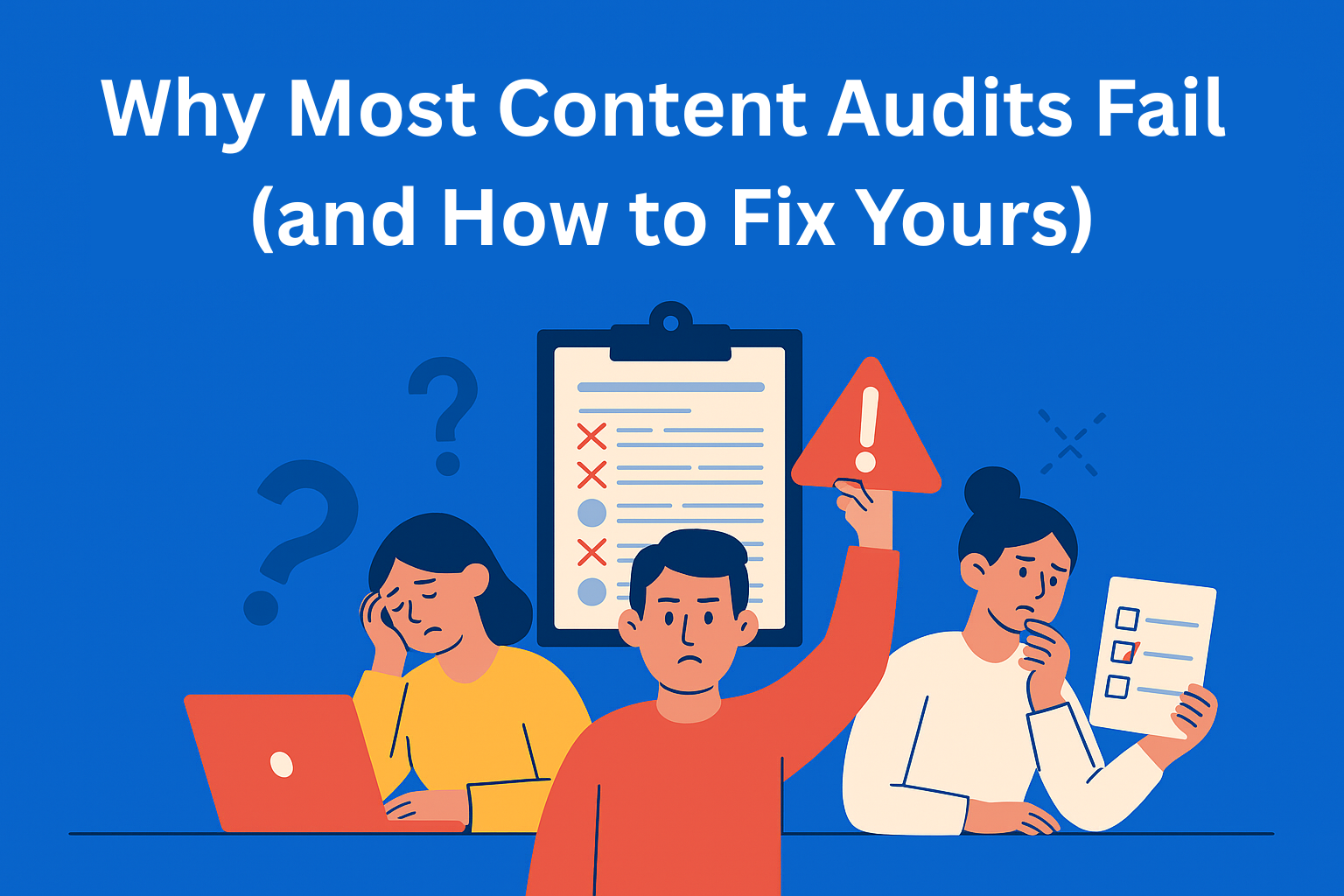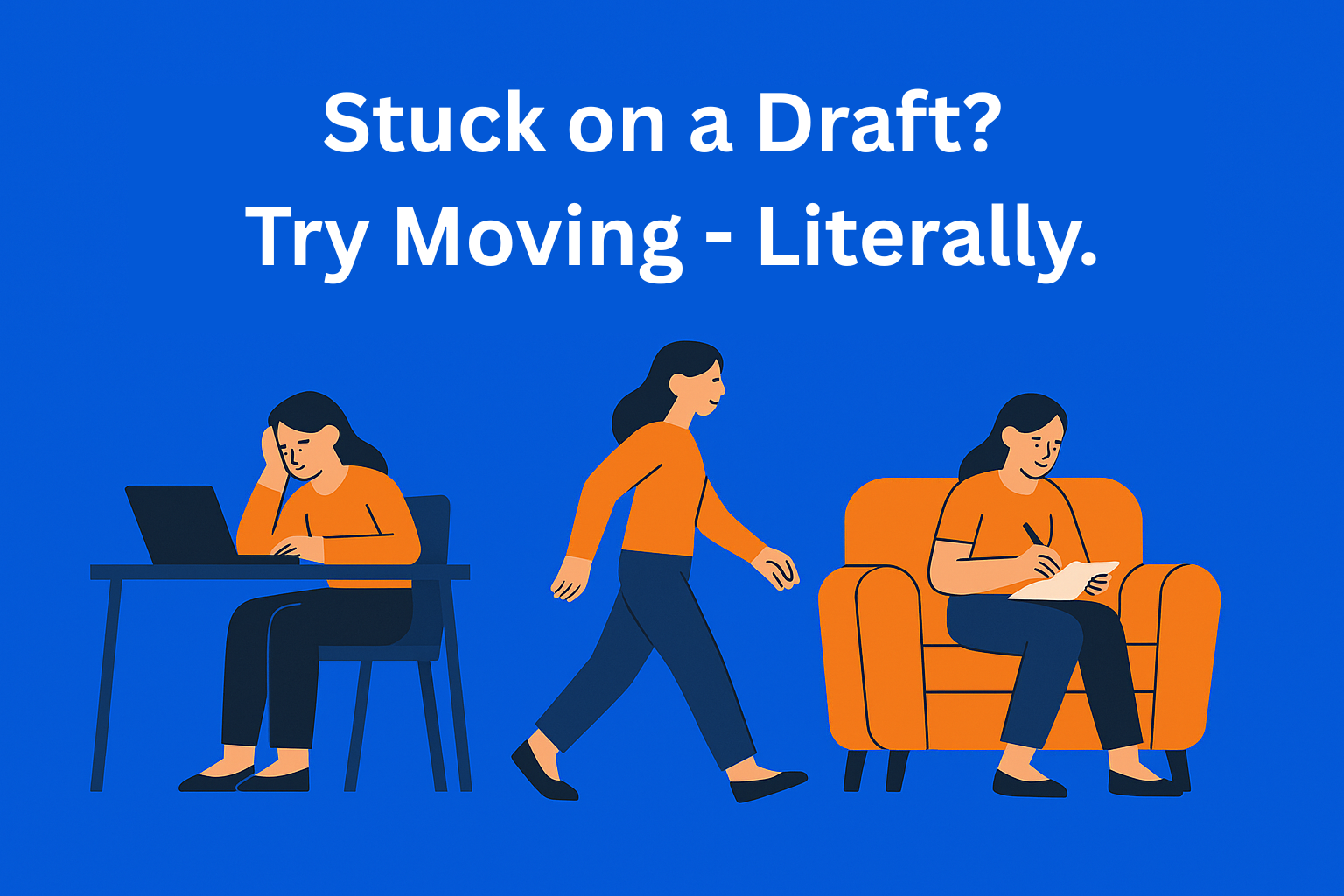The Case for Making Content Your First Marketing Investment
Before you invest in growth, you need something worth growing. Content builds clarity, trust, and positioning - the foundation every other marketing channel depends on to actually convert.
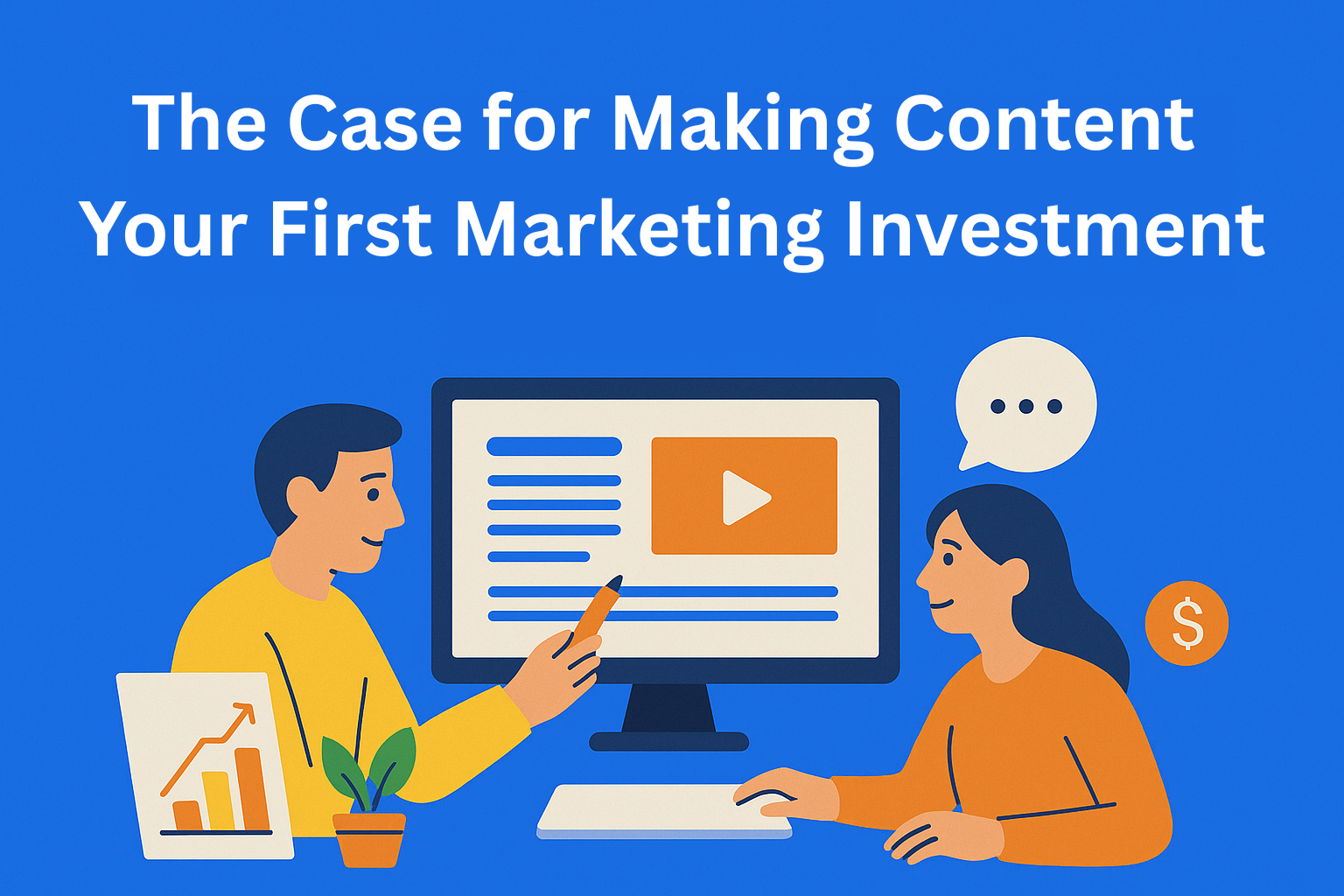
A lot of early-stage companies think their first big marketing hire should be someone who can “drive growth.” Performance marketer, ads specialist, demand gen lead - anyone who can pump volume into the funnel fast. But here’s the uncomfortable truth most founders don’t realize until after they’ve burned through a few months of budget:
You can’t scale what isn’t built yet.
If your positioning isn’t clear, if your story is weak, if the audience still isn’t sure who you are or why you exist, then sending traffic is like turning up the volume on a microphone that isn’t plugged in. You’re paying for attention, but you haven’t earned trust - and attention without trust doesn’t convert.
That’s why content should be the first investment, not the afterthought.
Content isn’t just another marketing channel. It is the foundation every other channel relies on.
Key Takeaways
- You can’t scale what isn’t defined - Growth tactics fail when the story, positioning, and value aren’t clear yet, because there’s nothing for traffic to convert into.
- Content is the foundation of trust - Ads get attention, but content provides proof, clarity, and credibility - the things people actually base their decisions on.
- Early content = market orientation - Before acquisition, content helps prospects understand the problem, why it matters, and why your solution deserves to be taken seriously.
- Two content types matter most first - Problem/context content creates relevance, while credibility content creates trust; together they form the landing strip for growth.
- Growth becomes cheaper once clarity exists - When people “get it” before you pitch, paid channels amplify momentum instead of burning budget.
Growth Doesn’t Start With Reach - It Starts With Clarity
Before anyone clicks “Buy,” “Book a demo,” or even “Keep reading,” they need a few questions answered:
- What do you actually do?
- Why should I care?
- Why should I trust you?
- Why now?
If a business can’t answer those questions clearly and confidently, no media spend in the world will fix it. Ads can get someone to your brand, content convinces them to stay.
Good content is proof of seriousness. It shows depth. It signals you understand the problem better than the competition. That’s what builds credibility long before a salesperson enters the chat.
This is why companies that invest in content after growth often feel like they’re playing catch-up - because they are. They’re trying to retrofit trust onto traffic instead of building trust before they go looking for it.
Performance Marketing Without Content = Expensive Guesswork
When founders skip foundation and jump straight into acquisition, they experience a familiar pattern:
- Launch ads
- Get clicks but no conversion
- Assume “we just need better targeting”
- Change audiences, copy, creative - still low conversion
- Eventually conclude “the market just isn’t getting it”
The market isn’t getting it… because there’s nothing solid to get yet.
Ads can amplify clarity - they can’t replace it.
Real traction doesn’t come from pushing harder. It comes from giving people something meaningful to land on.
What Great Early-Stage Content Actually Does
Content gives structure to trust. It fills the gaps that ads can’t cover and gives people a reason to move from curiosity to belief.
Strong early content helps you:
- Translate your product into a story people understand
- Articulate the value in plain language (not your internal jargon)
- Show expertise instead of just claiming expertise
- De-risk the decision for someone new to your brand
- Build confidence before the sales conversation
You’re not “publishing blogs.”
You’re creating proof - before you even ask for conversion.
Two Types of Content Every New Company Needs First
Before you worry about traffic, virality, or funnels, you need two foundational categories of content:
- Problem and context content - the “this is what’s broken and here’s why it matters” material that frames the world the way your product sees it.
- Credibility content - case studies, behind-the-scenes reasoning, expert breakdowns, signals that say “we know this problem deeply and we’re worth listening to.”
Once these exist, acquisition efforts actually have something to land on.
Without them, it’s just air cover - no landing strip.
Why Content Is a Compounding Asset
Ads stop working when you stop paying.
Content keeps working even when you’re sleeping.
Every piece you publish becomes part of a growing surface area of trust. Over time, that base of expertise makes your brand easier to understand, easier to believe, and easier to choose.
That’s why founders who start with content don’t just get cheaper growth later - they get stickier growth. Customers didn’t just show up… they arrived already sold.
Where EasyContent Fits In
Most seeds and early-stage teams don’t fail at content because they lack ideas - they fail because they lack organization. Someone writes a draft, someone else gives feedback in Slack, context gets lost, edits multiply, and suddenly what should have been a foundational asset becomes a mess.
Inside EasyContent, teams map out brand voice, key messages, and subject-matter guidance directly into the process - so early-stage content doesn’t just get written, it gets aligned. Guidelines live in the draft, not in a forgotten doc folder. Approvals are accountable.
It gives structure to the messy part of finding your voice, which means you can publish faster and with more consistency - before you layer on growth.
When Is the Right Time to Switch From “Content First” to “Growth Engines”?
The simplest answer:
When people already get what you do before you explain it.
If prospects land on your page and immediately feel orientation (not confusion), you’re ready to accelerate.
Conclusion
Content makes marketing easier, cheaper, and more resilient. It protects you from messaging pivots. It makes sales calls warmer. It gives SEO something to anchor to. It gives the brand a reason to exist beyond a logo.
It builds gravity - so people come to you not just because you’re visible, but because you make sense.
Growth is what comes after clarity.
And clarity starts with content.



